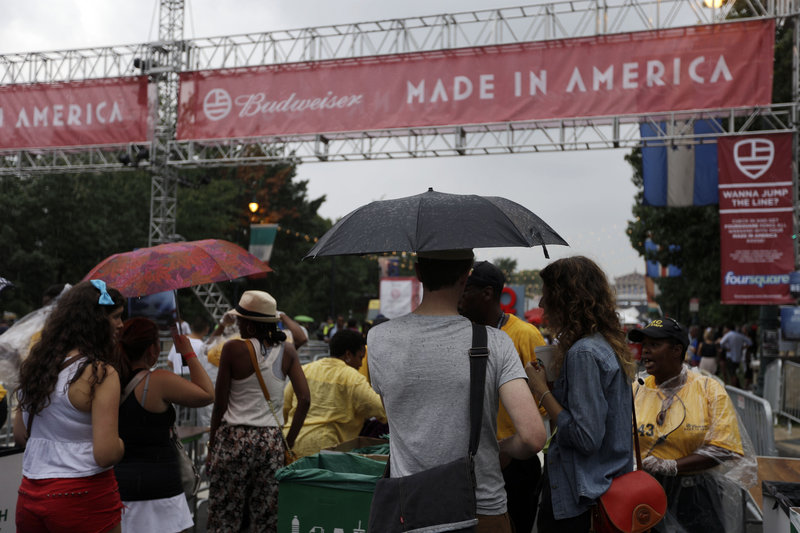There’s a 2001 GM Chevy Suburban parked in Melissia Perry’s garage. Next to that is a ’68 Ford Mustang. Inside her Woodstock, Ga., home are fully functional radios and televisions from the 1940s.
Perry, 44, sometimes uses her great-grandmother’s crochet hooks to make crafts and her original Slinky — a toy she saved from her childhood — is still in top shape.
Perry is surrounded by items from the past, but she’s an example of the future — one in which more American consumers are seeking out and buying 100 percent American-made goods.
“It is very difficult to find a truly ‘made in America’ product,” said Perry, a married mother of four. As a small-business owner, she understands the costs associated with stateside manufacturing, but as a consumer, she wants high-quality goods made right at home.
“How many plants have to shut down or jobs have to be lost because we do not manufacture in this country anymore?” she asks.
For several decades, “made in the U.S.A.” — a label once proudly imprinted on everything from apparel to cars — hasn’t just been hard to find; it’s been a hard sell.
In the minds of many American consumers, foreign goods came to represent superior quality at a lower cost. Shoppers showed their preference with their purchases.
Several previous attempts to invigorate consumer interest in American-made products fell flat, says Marshal Cohen, chief industry analyst for market research firm, NPD Group, but this time around the movement seems to have more traction with a broad range of consumers, including younger generations.
In the past two years, retailers, fashion designers and even musicians — most recently at a two-day benefit concert last month in Philadelphia curated by rapper Jay-Z — have all seized some aspect of the modern made-in-America movement.
“Made in the U.S.A. now is all about patriotism,” Cohen said. “It’s about supporting jobs in the U.S. rather than shipping them off.” The topic is a hot issue in the current political climate, fueled in part by last summer’s outcry from members of Congress over the Chinese-made U.S. Olympic team uniforms.
Buford, Ga.-based Okabashi Brands, Inc., which has designed, manufactured and assembled its sandals and flip-flops in the U.S. since the company launched in 1984, is changing its tagline to reflect that history.
They are on the verge of deals to manufacture private-label shoes for several large companies — including one that holds a 50-percent share of the flip-flop market — seeking to launch made-in-America lines, said Jason Boswell, vice president of sales.
Traditionally, U.S. manufacturing has come with a higher cost, but as overseas labor costs increase, the gap is closing, Boswell says. Consumers, seduced by decades of low-cost goods or facing economic constraints, have resisted paying higher prices for American-made products, but this, too, is slowly changing, Cohen said.
“Consumers will say, ‘I’ll pay (up to) 10 percent more (for American-made goods).’ Some will say up to 25 percent more,” Cohen said. “I believe half of that … but the fact that they are willing to spend a little more tells you something.”
Still, the desire to buy American doesn’t always translate into action, and one of the challenges consumers face is figuring out which products are truly American-made.
In addition to buying antiques that she knows were made in America, Perry will email or call companies to ask if their products are 100-percent U.S. -made. It takes effort. But Perry isn’t complaining.
“Either society has to shift and be willing to pay a little more for something that is a little better,” Perry says, “or ‘made in America’ simply isn’t going to exist anymore.”
Send questions/comments to the editors.



Success. Please wait for the page to reload. If the page does not reload within 5 seconds, please refresh the page.
Enter your email and password to access comments.
Hi, to comment on stories you must . This profile is in addition to your subscription and website login.
Already have a commenting profile? .
Invalid username/password.
Please check your email to confirm and complete your registration.
Only subscribers are eligible to post comments. Please subscribe or login first for digital access. Here’s why.
Use the form below to reset your password. When you've submitted your account email, we will send an email with a reset code.